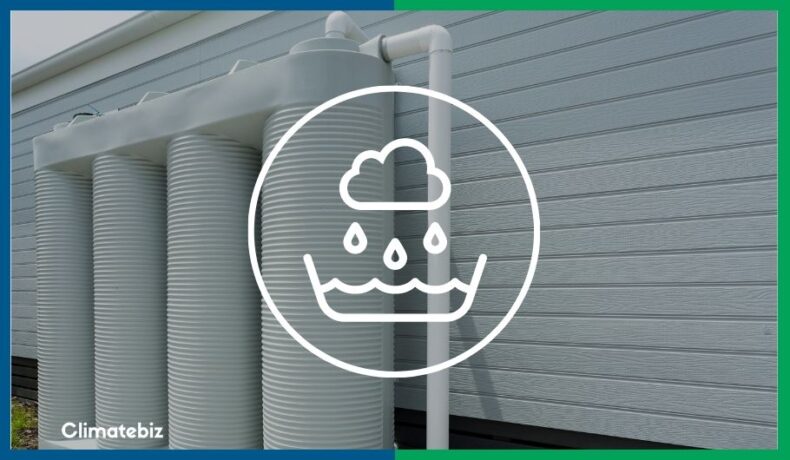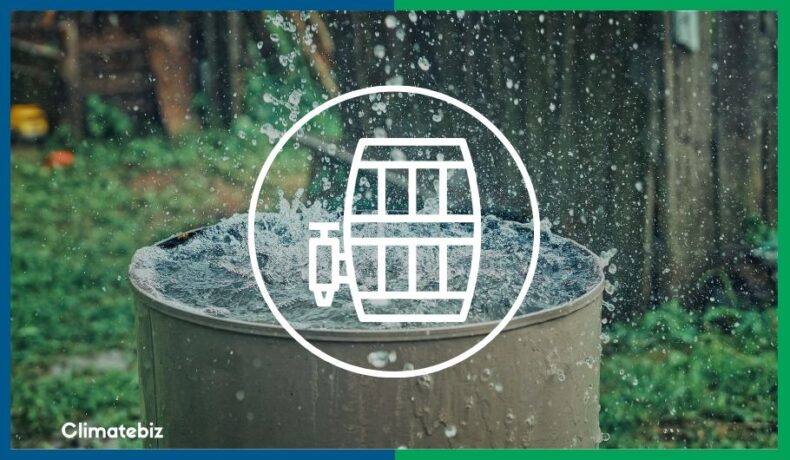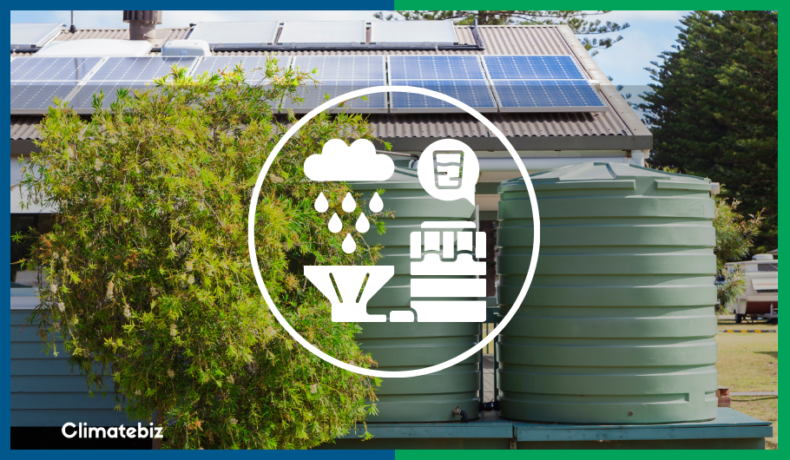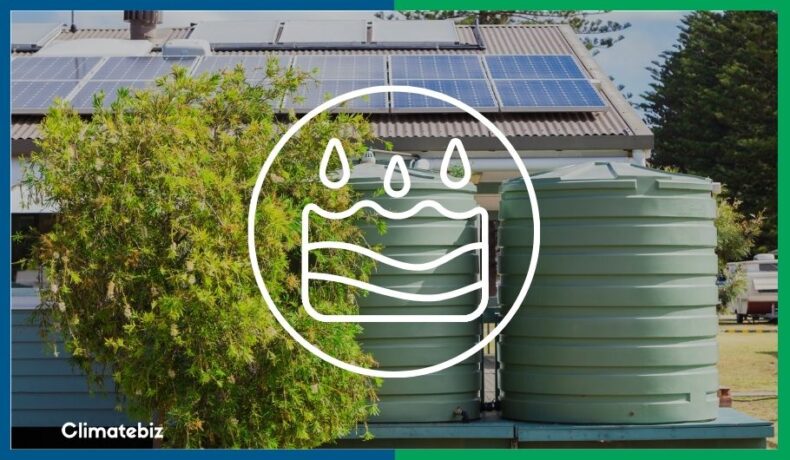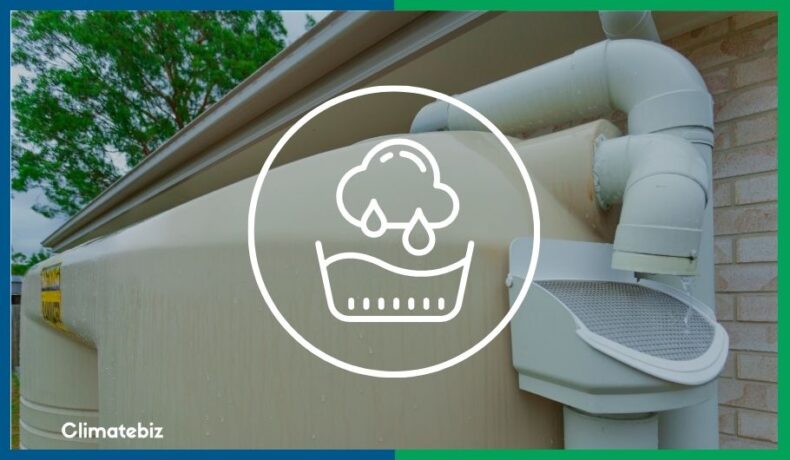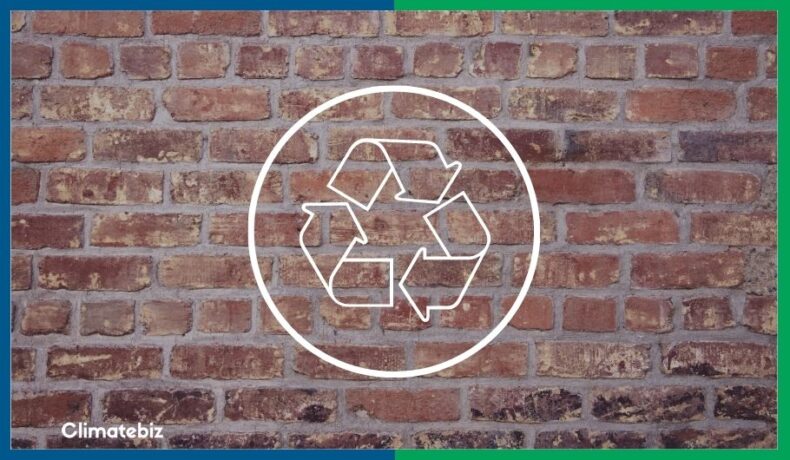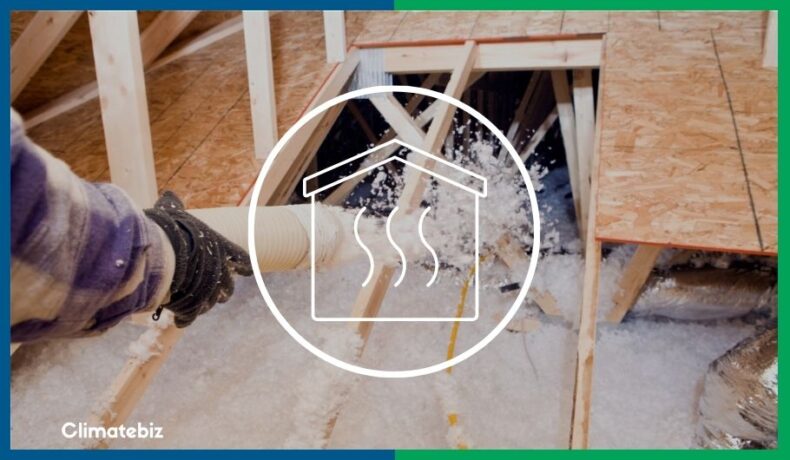How To Keep Rainwater Fresh
Rainwater collection is a great starting point for building your eco-home. Luckily, keeping your rainwater fresh for gardening and flushing toilets isn’t as hard as you might think. Collecting rainwater isn’t a new concept. Rainwater collection has been around since 2000 BCE starting with the earliest civilizations. However, since then, the provision of tapped water … Read more

